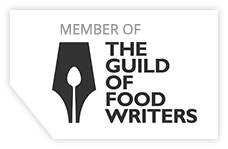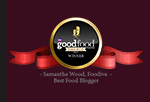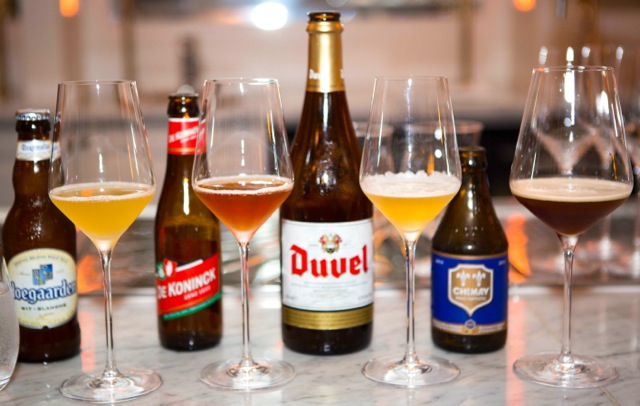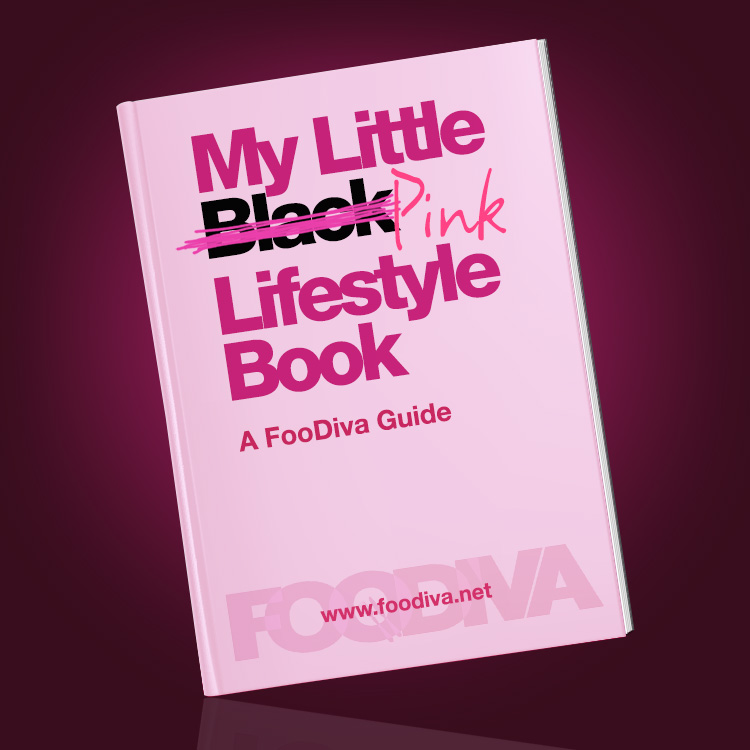A simple guide to perfecting food and wine pairing

When you first delve into wine, pairing it with food can be so intimidating. Place two things inside a tiny chamber packed with taste receptors, and they’re always going to have an effect on each other, and not necessarily a good one.
Spice, salt, fruit, intensity, cooking time, method, cuisine – these all affect the outcome, and judging from the questions we get asked every night at our private and public tastings, pairings are equal parts fascinating and terrifying. To be fair, this is completely understandable. I’m still learning. Like when I accidentally discovered the magical effect of salty Kettle crisps on Champagne – seriously try it. Immediately.
However, over the years, I’ve discovered some simple shortcuts. One of these is to pick the strongest flavour, and base your pairing on that, either by matching it like for like, or choosing something that fights back. Oh, and a lot of practice (thankfully, we have many opportunities, including the upcoming UAE Vine Festival)
Take rare and raw beef
A simple ratio is that the more you cook meat, the more flavour is imparted, often through that mouth-watering charring. However, in its natural state, beef is actually quite delicate, so if you’re having carpaccio, or tartare, or even a rare steak like a tenderloin, you need a light red that won’t overpower that delicate freshness. For this I’d suggest an equally delicate pinot noir, with top picks being ones from Burgundy or New Zealand. Fattier cuts like strip loin and rib eye, meanwhile, need to be cooked longer to melt the gorgeous fat that’s marbled throughout. While this adds huge amounts of flavour, it also coats our mouths post chomp, so you need a wine that can act like a natural palate cleanser. Like a big red with lots of tannins – a powerful protein that gives red wine its drying of the mouth sensation. This means it’s time to unleash the cabernet or perhaps a nice malbec.
As for strongly seasoned meats
I’m talking anything smoked, or served with a peppery sauce – you need a potent wine that can hold its own. A good rule is to pair it with a red wine from a hot country or region as they tend to have riper, jammier and more intense flavours and a similar hit of spice. For that reason my arm rarely reaches past a shiraz from Australia or South Africa.
Next up is light fish and deep-fried food
These foods might seem quite different, but the pairings are actually very similar. With dishes like pan-fried white fish, tuna salad, sushi, tempura, even fish and chips, or deep-fried mozzarella sticks, you need a white that’s relatively delicate to over power subtle flavours, yet also has enough acidity to cut through the fat from the fryer. The answer here is Champagne (the answer to life is Champagne!), a wine whose delicate nature is a joy with white fish, yet also has the scrubbing bubbles needed to stare down deep-fried comfort food. Alternatively, try an affordable Italian white like a Pinot Grigio. These wines were truly made to be enjoyed with food.
Then there’s pasta and chicken
The reason I’ve lumped these two together is that they both tend to be a method of transporting sauce. Let’s be honest the flavour is rarely in the pasta. For a rich, red sauce, go with a Chianti, a medium weight red wine that has a high acidity to match that of a tomato-based sauce. For a creamy sauce, meanwhile, consider a warm climate chardonnay. There are a lot of ways to make a good chardonnay, but in warm climates they tend to use malolactic conversion, a process that takes tart malic acid and transforms it into creamy and smooth lactic acid, which also tastes a little like butter. Perfect choices here would be those from California or even Mendoza in Argentina.
Is the driving force in the dish sugar?
I’m talking about a lot of Thai and Indian food, and some barbeque sauces, as well as sweet root vegetables like pumpkin or squash. Here you need a wine that has a matching hint of sweetness, like a nice Moscato, some Vouvrays from France, or a pinot gris from Alsace.
Are green veg centre stage?
Like, say, asparagus, broccoli or courgette? Try a bottle of sauvignon blanc, a wine known for its grassy, green pepper characteristics. Or a Chablis from France, which also has a completely adorable cucumber tone. Incidentally, the high acidity of sauvignon blanc also makes it pair wonderfully with a zingy vinaigrette dressing.
What about umami?
The rich flavour of mushrooms, soy sauce, and miso, meanwhile, needs a red that has the earthy character to match, and also a wine that is low in tannin, as high levels of tannin in wines will taste more bitter with umami flavours. Try a pinot noir, beaujolais, or a cheap and cheerful Italian red.
Last but not least, pork
A meat that bridges categories. Delicately flavoured, yet with a lot of fat, requiring an equally delicate wine with enough acidity to cut though it. In short, a riesling. Many people still think of riesling as a sweet wine, a hangover from the 1980s when that style was wildly and confusingly popular. But there are many dry examples that are just exceptional. Whether it’s young, old, sweet or dry, riesling has screaming high levels of acid and a delicate fruitiness that won’t overpower the meat, and while pork can often be salty, salt only makes wine taste fruitier. Plus riesling tastes a little like apple sauce, and what goes better with pork than that.
What’s your go-to food and wine pairing?
Lindsay Trivers
Lindsay Trivers is the founder of The Tasting Class. She and her team are running the UAE Vine Festival with three weeks of educational wine and food tasting experiences across Dubai, Ras Al Khaimah and Abu Dhabi, from 21st March to the 10th April 2021. In addition to public experiences for wine, beer, gin, and whiskey, The Tasting Class also provides internationally accredited WSET qualifications for aspiring wine and spirit aficionados, as well as home tasting experiences.







































Loved this post! So insightful and made me hungry + thirsty immediately!